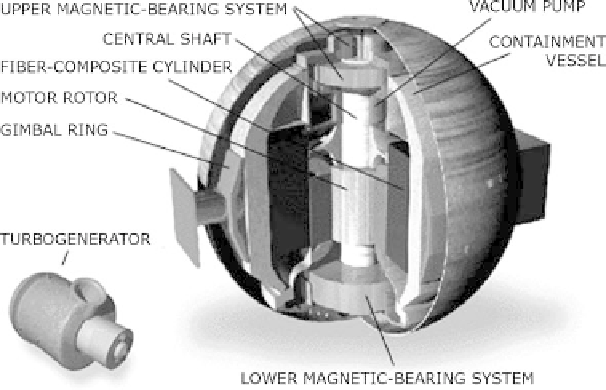Environmental Engineering Reference
In-Depth Information
providing frequency control. Installations currently completed have used ZnBr fl ow
batteries for UPS, load management and supporting microturbines, solar generators,
substations and T&D grids [ 2 ].
4.5.3.2 Cost of ZnBr fl ow battery
The power capacity cost is $639/kW and the energy capacity cost is $400/kWh [3].
4.5.3.3 Disadvantages of ZnBr fl ow battery
It is diffi cult to increase the power and storage capacities into the large MW ranges
as the modules cannot be linked hydraulically, hence the electrolyte is isolated
within each module. Modules can be linked electrically though and plans indicate
that systems up to 1.5 MW are possible. As stated, the membrane suffers from
slight degradation during the reaction so it must be replaced at the end of the
batteries life (2000 cycles).
4.5.3.4 Future of ZnBr fl ow battery
The future of ZnBr batteries is currently aimed at the renewable energy market.
Apollo Energy Corporation
plan to develop a 1.5 MW ZnBr battery to back up a
20 MW wind farm for several minutes. They hope to keep the wind farm operational
for an additional 200+ h a year [2]. The results from this will be very decisive for the
future of ZnBr fl ow batteries.
4.6 Flywheel energy storage
A FES device is made up of a central shaft that holds a rotor and a fl ywheel. This cen-
tral shaft rotates on two magnetic bearings to reduce friction (see Fig. 13). These are all
Figure 13: Flywheel energy storage device [ 23 ].

Search WWH ::

Custom Search